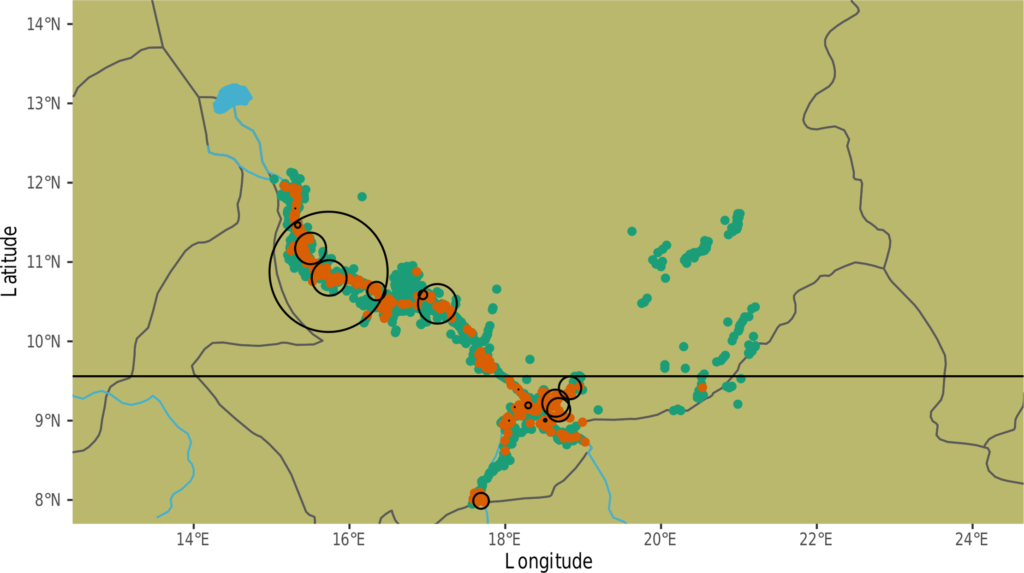
The eradication of human infectious diseases has proven remarkably difficult. The world has only succeeded once, in the case of the smallpox virus. However, international efforts have driven the debilitating Guinea worm parasite closer to the brink of eradication than nearly any other parasite. Coordinated efforts by the Ministries of Health in endemic countries, the U.S. Centers for Disease Control, The Carter Center, and the World Health Organization have reduced the number of annual Guinea worm cases from millions in the 1980s to hundreds in the early 2010s, but recently a new threat has emerged. Guinea worm infections have been diagnosed in domestic dogs, particularly in the Republic of Chad, and numbers of infections have continued to increase. As in many countries where dracunculiasis is endemic, the campaign for eradication in Chad has focused intervention measures on interrupting transmission among humans, so infection in dogs jeopardizes eradication efforts. In this study, we used machine learning methods to identify demographic, geographic, and climatic factors associated with the presence of Guinea worm-infected dogs at the village level, and spatial clustering of dog cases regionally. A combination of demographic, geographic and climatic factors were important correlates of infection at the village level, but the importance of these factors varied between northern and southern populations of the parasite. At the larger village cluster level, the geographic position and climate of a village were most important. Some of our findings, including the importance of fishing villages and the difference in correlates between northern and southern villages can be used by researchers to guide additional data collection and by public health workers to better target eradication efforts. More generally, this work contributes to a broader understanding of the spatial patterning of multi-host infectious diseases of humans and animals.
Richards RL, Cleveland CA, Hall RJ, Tchindebet Ouakou P, Park AW, Ruiz-Tiben E, Weiss A, Yabsley MJ, Ezenwa VO. Identifying correlates of Guinea worm (Dracunculus medinensis) infection in domestic dog populations. PLOS Neglected Tropical Diseases. 2020 Sep 14;14(9):e0008620. https://journals.plos.org/plosntds/article?id=10.1371/journal.pntd.0008620